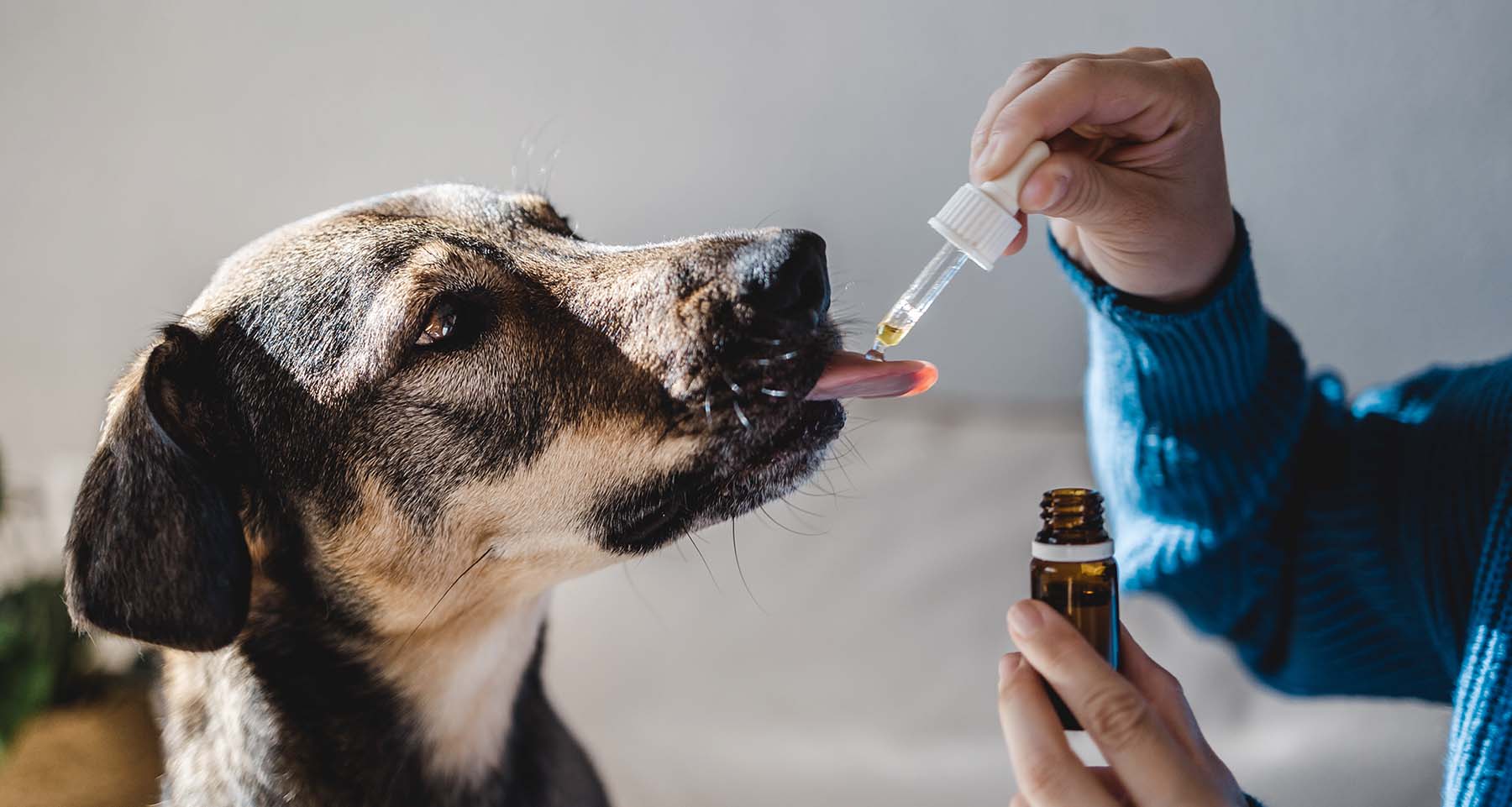The goal of Animal Homeopathy is to stimulate an animal’s natural healing ability.
Animal Homeopathy is capable of treating acute and chronic ailments of virtually any kind and address physical as well as behavioral challenges. It is safe to use for animals, as it is for children and adults. Homeopathic preparations are easy to administer to animals as they are generally sweet in taste or have no taste at all.
Homeopathic remedies with ultra-minute doses are non-toxic, harmless and can be given alongside other medications with no contra-indication. They are well tolerated, compatible with maintaining healthy resistance to disease and without side effects as we commonly know them or allergic reactions.
Some conditions that Animal Homeopathy can assist with are:
- Arthritis, Mobility and Neurological Disorders
- Thyroid and Endocrine Disorders, including Cushing’s and Addison’s
- Anxiety, Stress & Depression
- Allergies, both skin and dietary (seasonal/environmental or food)
- Cancers
- Pancreatitis, Gastric Inflammation
- Kidney and Liver Disease (acute and chronic)
- Malabsorption Disorders
- Heart Disease
- Anterior Cruciate Ligament (ACL) Tear (including post-surgery recovery and support)

Introduction
Homeopathy for animals is best practiced by certified human homeopaths who have taken extensive training and fully understand the philosophy and principles of this powerful yet gentle modality of natural medicine.
The Registry of Allied Animal Health Practitioners of Canada paves the way for acknowledgement of Animal Homeopathy, and the assurance that Registrants are qualified in the field.
Animal owners have the right to seek the help of competent practitioners in the modality of their choice and making available this level of expertise will provide animals across Canada with the best possible care.
Hahnemann’s concept of Homeopathy
Dr. Samuel Hahnemann conceived of homeopathy in the late 1700’s while translating a medical treatise by Scottish physician and chemist William Cullen. Sceptical of Cullen’s theory concerning the action of Cinchona in malaria, Hahnemann ingested some of the bark specifically to see if it cured fever "by virtue of its effect of strengthening the stomach". Upon ingesting the bark, he noticed few stomach symptoms, but did experience fever, shivering and joint pain, similar to some of the early symptoms of malaria, the disease that the bark was ordinarily used to treat. From this, Hahnemann came to believe that all effective drugs produce symptoms in healthy individuals similar to those of the diseases that they can treat. In other words, a substance in its’ crude form would cause the same symptoms that it cures in homeopathic, or diluted form. This later became known as the “law of similars”, the guiding concept of homeopathy.
The term "homeopathy" or “similar suffering” was coined by Hahnemann and first appeared in print in 1807, although he began outlining his theories of "medical similars" in a series of articles and monographs in 1796.
Hahnemann began to test what effects various substances produced in humans, in a process which would later become known as "proving".
These time-consuming tests required subjects to take small doses of a substance over a period of time and clearly record all of their symptoms as well as the conditions under which they appeared. Hahnemann saw this data as a way of identifying substances suitable for the treatment of particular diseases.
The first collection of provings was published in 1805 and a second collection of 65 remedies appeared in his book, Materia Medica Pura, in 1810. Hahnemann believed that large doses of drugs that caused similar symptoms would only aggravate illness, and so he advocated extreme dilutions of the substances.
He devised a technique for making dilutions that he believed would preserve a substance's therapeutic properties while removing its harmful effects, proposing that this process aroused and enhanced "spirit-like medicinal powers held within a drug".
Today, studies on molecular clustering in water show that as a solution is made more and more dilute, very stable and larger clumps of material develop compared to concentrated solutions. This means that residual molecular clusters of the original substance may be present in homeopathic dilutions. The process by which homeopathic remedies are created, using not only dilution but succussion (banging on a firm surface) might also be responsible for creating very tiny bubbles that could contain gaseous inclusions of oxygen, nitrogen, carbon dioxide and possibly the homeopathic source material.
Hahnemann gathered and published a complete overview of his new medical system in his 1810 book, The Organon of the Healing Art, whose 6th edition, published in 1921, is still used by homeopaths today.
Homeopathy had a large impact on the practice of medicine. The first homeopathic hospital opened in 1832 and homeopathic medical schools opened all over Europe. Homeopathic hospitals and practitioners often had better outcomes compared to their allopathic counterparts.
Thus the general public began to tout the benefits of homeopathy and demand better treatment from all physicians.
Homeopathy began to enjoy a resurgence in the US in the 1970’s as the public took a greater interest in holistic and natural approaches to medicine and is now used by more than 300,000 million people worldwide, and the numbers are growing!
The concept of homeopathy is that disease is a total affection of mind and body, a disturbance of the entire organism. Homeopathy treats not only the disease, but the patient as a whole.
By a special mode of potentization more than 8,000 homeopathic medicines are available today, prepared from sources such as plants, minerals and animals, and new remedies continue to be created. Homeopathic remedies with ultra-minute doses are non-toxic, harmless and can be given alongside allopathic medications with no contra-indications. Homeopathic remedies are dynamic agents influencing body's energy.
Choosing an Animal Health Practitioner from RAAHP means you are choosing quality care for your pet. High standards of education, training and experience set RAAHP practitioners apart. Collaborative, comprehensive, patient-centred care should be the goal of every member of your animal's healthcare team. Animal Health Practitioners collaborate and work effectively with other health care providers such as veterinarians, animal physiotherapists, animal acupuncturists and animal homeopaths.
We know you want the best care possible for your pet. Don’t settle for anything less. RAAHP is the only national registry of its kind in Canada and registrants meet the professional standards required to provide the exemplary care you expect for your pet.

